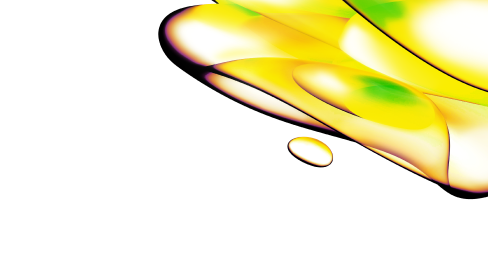Resource Center
Explore Resource Types
We have housed the technical documents (SDS, COAs, Manuals and more) in a dedicated section.
Explore all All resources
Filters
Select resource types
Select products & services
Select solutions (2)
Active filters (2)
Clear all
313 - 324 of 358 Results
Sort by:
Best match
Deciphering the properties of neuronal nicotinic acetylcholine receptors using radiolabeled α-Bungarotoxin
Deciphering the Properties of Nicotinic Acetylcholine Receptors Using 125I-α-Bungarotoxin
Cell painting for phenotypic screening
Application note describing how to set-up a cell painting assay.
Phenotypic profiling of autophagy using high content profiler
Using an autophagy assay as an example, this study describes the validation of a phenotypic image and data analysis workflow.
Improving the throughput of a neuroprotection assay using the opera phenix high content screening system
Download the case study to learn how primary neuron morphology is analyzed in a straightforward approach using Harmony® software and careful assay optimization can increase throughput, and minimize the data burden, without compromising assay performance.
Re-tooling anti-microbial research for the 21st century
Case study describing the analysis of bacterial phenotypes to investigate adaptive mechanisms of antimicrobial resistance and screening for novel alternatives.
Artificial intelligence, machine learning and deep learning: applications in cellular imaging for improved drug discovery productivity
Learn how Artificial Intelligence (AI), Machine Learning (ML) and Deep Learning (DL) are used in cellular imaging applications for improved drug discovery productivity in this white paper.
Phenotypic drug discovery with high content screening
High content screening, a powerful approach to phenotypic drug discovery that leverages the rich information available in the image-based screens.
The benefits of water immersion lenses for high-content screening
This technical note explains why the choice of objective lens is critical for high-content screening.
Opera Phenix Plus high-content screening system: crosstalk suppression
Technical note describing how fluorescent crosstalk is suppressed by the Opera Phenix Plus high-content screening system.
Improved high-content imaging of tissue sections
Technical note describing how to improve high-content imaging of tissue sections.
Distinguishing cell types by phenotypic profiling of the nucleus
As nearly all screening approaches require a nuclear counterstain, phenotypic profiling of the nuclei can offer new insights on assays at no extra cost.
Morphological profiling of human T and NK lymphocytes by high-content imaging
The study in this publication review provides a foundation for the development of morphological profiling as a scalable approach to monitor the immune synapse (IS), primary lymphocyte responsiveness and microarchitecture.


Looking for technical documents?
Find the technical documents you need, ASAP, in our easy-to-search library.




























